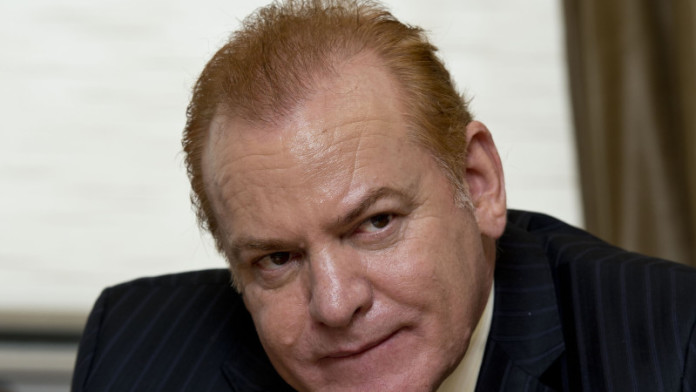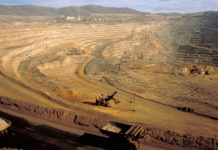
GOLD Fields has given employees at its South Deep mine until Friday (November 30) to accept an improved retrenchment offer as well as terms that will lessen the impact of the no-work, no-pay principle it applied after a strike was called at the West Rand mine.
Based on Gold Fields’ estimates released on November 22 that it was losing R6m a day in cash burn (which was then at R120m), the cash outflow has since increased to about R156m at South Deep as of today. The strike would have been underway for four weeks on the day of the offer deadline.
“We sit in a stand-off with the National Union of Mineworkers (NUM),” said Nick Holland, CEO of Gold Fields in a media conference call. “So we have put this offer on the table which is open until 5pm on Friday. If the offer is not accepted, it is difficult to see how much longer the strike will continue,” he said.
Gold Fields said on August 14 that it would retrench 1,560 staff including 1,082 permanent employees in an effort to stem R756m in cash burn (at that time). The mine has also been written down for R4.8bn in August following a R3.5bn impairment taken out in February. Of the employees identified for retrenchment, 904 had been paid out and had left the mine.
As part of the offer, Gold Fields would spread the impact of the no work, no pay over four months which would lessen the impact of virtually no pay at all ahead of Christmas, as well as ease the financial burden thereafter. Affected employees would also be provided with portable skills training and a call back provision – essentially retrenched employees would be given first option to return to their jobs if their resources were required in the future.
The incremental cost of the sweetener was an estimated R40m.
Holland said there was evidence that employees wanted to return to work after some 1,900 employees had registered their interest in doing so, many of which the company suspected were members of the striking NUM.
South African mines minister, Gwede Mantashe, took aim at Gold Fields earlier this week following consultations with the company saying it had merely taken a “tick box” approach to the retrenchment process.
Holland responded today saying that the company couldn’t have done more given the fact South Deep was unable to support the affected employees and might even struggle to operate in the future even with the 4,000 employees left behind. Mantashe had wanted Gold Fields to revisit the retrenchment numbers, but Holland said that was impossible.
“We had been in consultation with the NUM even before starting the 189 Section process (of restructuring in terms of the Labour Relations Act). We completed that process and so there’s no chance of going back,” he said. “We have been cautious in keeping to the letter of the law, but we have also followed the intent and spirit of the law,” he said.
SHAREHOLDERS
Gold Fields will present a new operating plan for South Deep in February with shareholders said to be mixed in their approach to the mine.
“There is a level of frustration as there have been many initiatives we have taken to bring the mine to account,” said Holland. “Other shareholders have said the restructuring is long overdue; others have been supportive but have wondered if it will change the trajectory of the mine,” he said. “Others have lost belief.”
Holland said the company had not taken a major restructuring out at South Deep so the mine deserved the chance to break-even, but its production targets at the beginning of this year are certainly not reachable.
Guidance for 2018 of 322,000 ounces could not be relied upon. Production in the second quarter totalled 49,000 oz – not much better than the 48,000 oz in the first quarter despite Gold Fields ringing in the changes by introducing shift changes.
There has been no production for November and it was unlikely there would be any before year-end as the company had to re-access the mine in order to “make safe” provided the strike is over.









